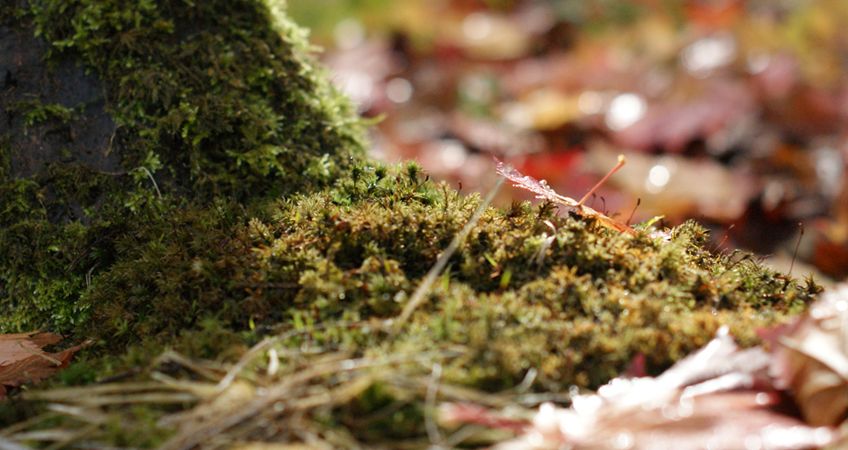
Photos can be a great focal point of an article. They liven up what could otherwise be a boring page of information, and relevant images are a good introduction to the topic about to be discussed. But images can come with a price, which is why it’s important that you understand licensing. Many people copy and paste images from the internet all the time without even thinking about licensing or paying for the image, but when images are being used for advertising or marketing it’s a different story.
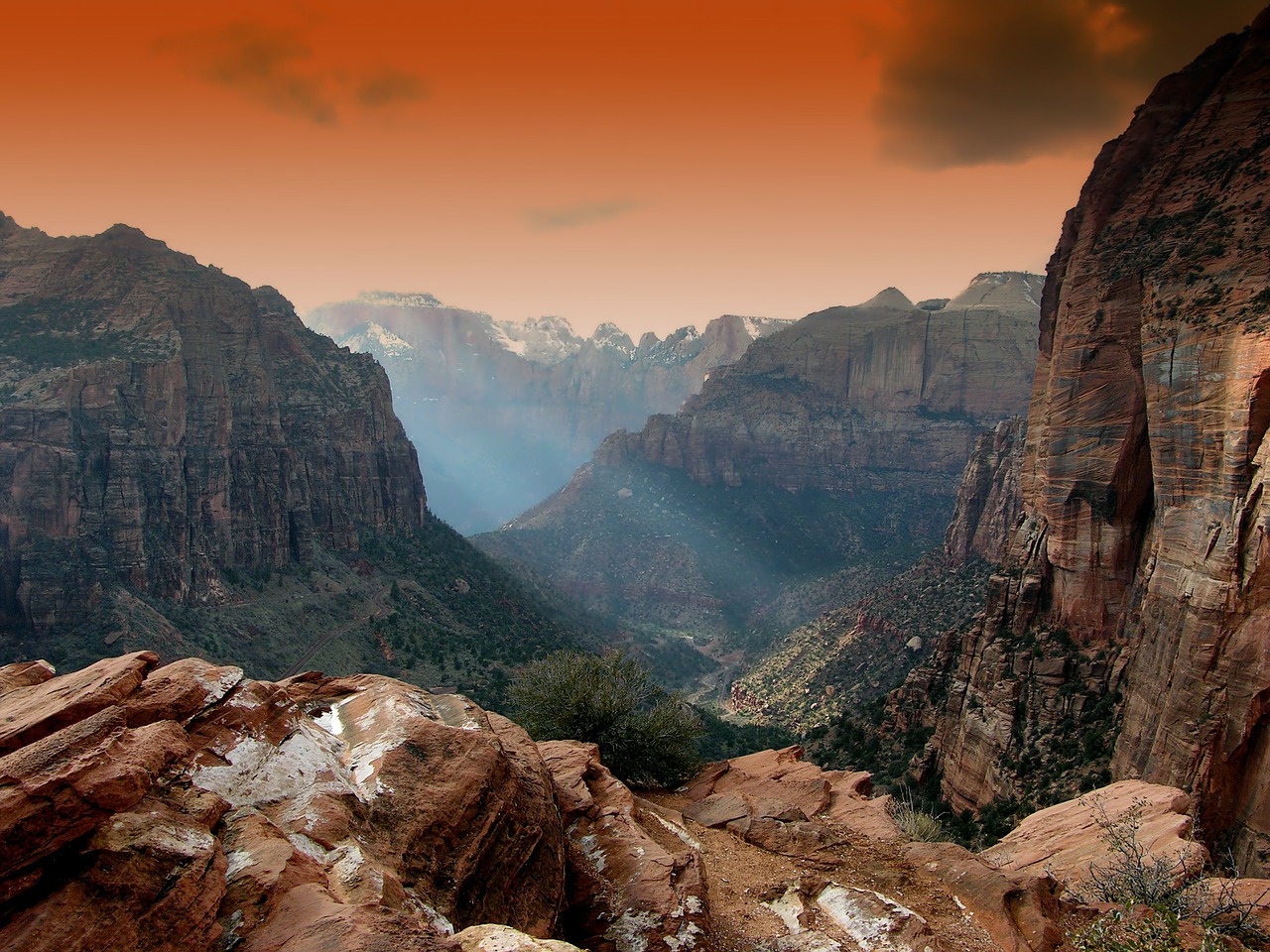
Looks great, but are you allowed to use it?
Time to explain licensing. A licence can be given by an authority to allow usage of photos, music, videos etc. In this case, it is photos. Licensing can dictate the bounds of use, number of uses and even the expiration of a licence, at a cost. Here’s some licensing jargon all about the terms of use.
Examples of sites where you have to pay for a licence are Gettyimages (http://www.gettyimages.co.uk/) and Shutterstock (http://www.shutterstock.com/). Although paying for image licensing means you get a larger range of images, it is important to read their content licence agreement to understand the terms and restrictions. Websites have a way of finding out if their images are being used when they shouldn’t be. For example Gettyimages use image tracking technology to hunt down unauthorised use of images, and then get in contact with the website owner. If you are found to have used an unauthorised image, there can be big implications. You may be asked to remove the image(s), be asked to pay an amount of money equivalent to the licensing fee, and even taken to court for copyright infringement. The general rule is: “If you don’t have permission to use it, don’t use it”.
Lightening the mood, there is a way of avoiding licensing fees, fines and courtrooms. You don’t have to pay for licensing if:
The Top 5 places to find Copyright free images

![]()
Being the leading site in free stock images, Freeimages has a great search facility for a broad range of categories. There are many filters to help find the best image to fit what you are searching for, including filters that show the popularity of a photo through the numbers of comments and downloads.


![]()
Pixabay has a more modern layout that makes it more enticing than freeimages, and the photos generally seem to be in higher resolution and better quality. It also filters by category, but in addition to freeimages it has colour and orientation.
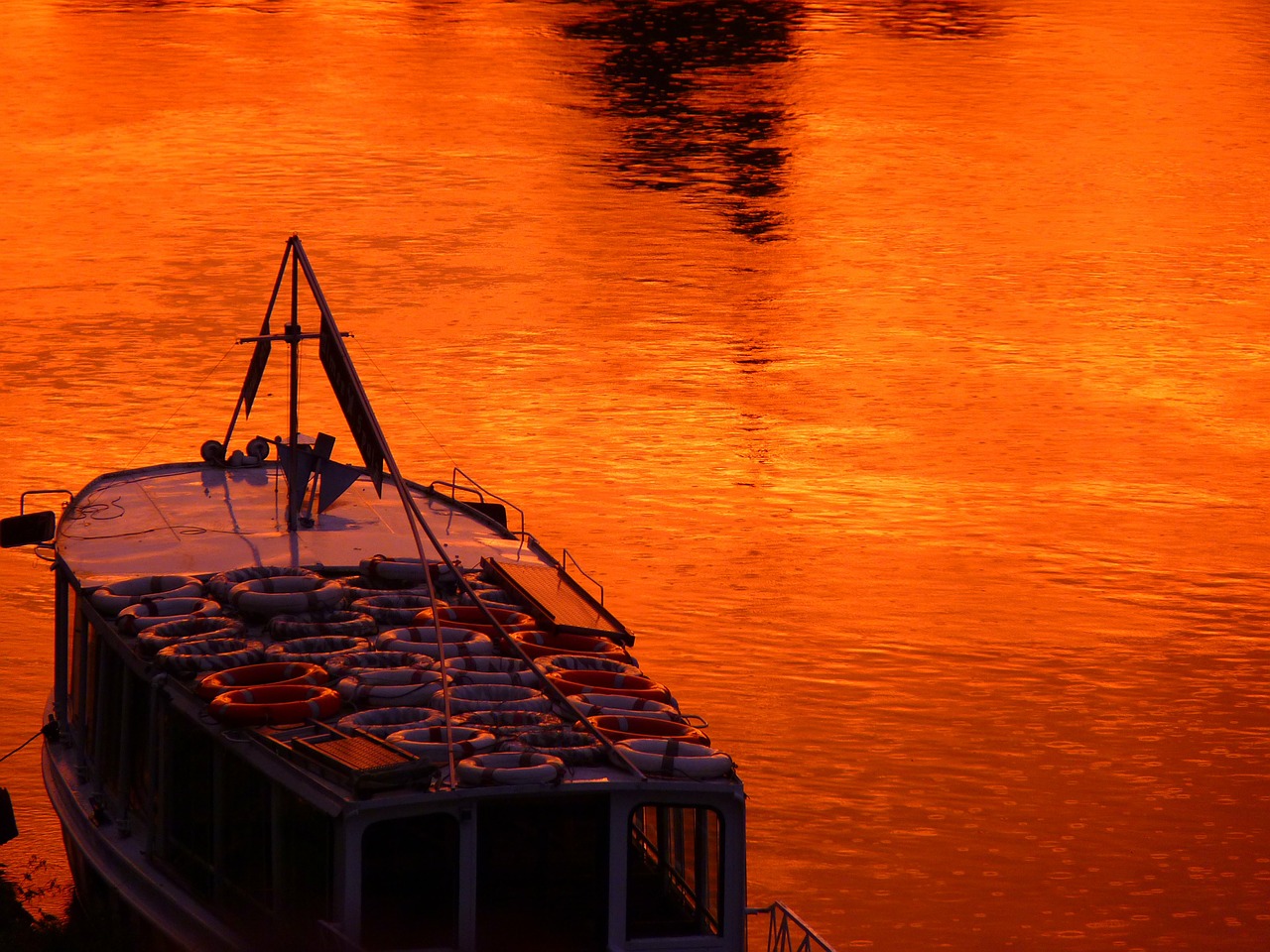

![]()
Unlike Pixabay and Freeimages, Unprofound does not lead you into signing up which means it is much easier to use without the hassle of having to remember passwords. It is also non-profit, so there are no annoying advertisments framing the pages.
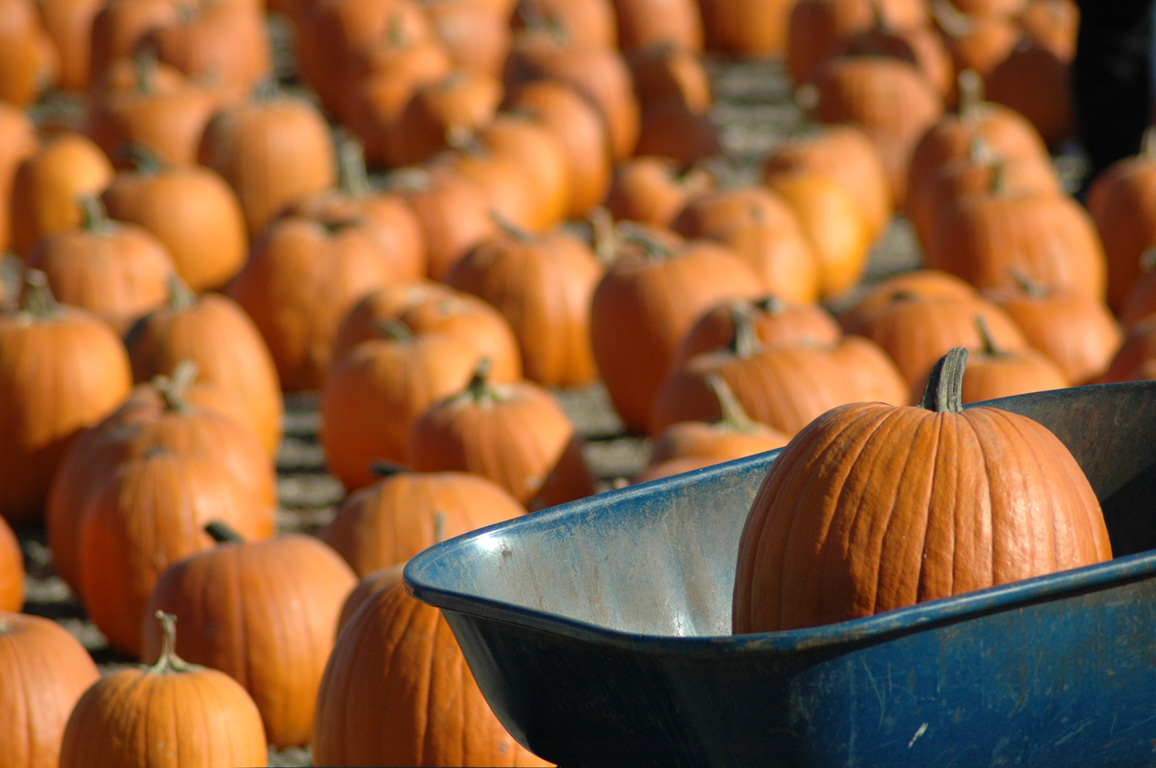

![]()
Morguefile provides free images just like the other websites, but they are all in high definition. Photos with high resolution can benefit you if you want the photos to be printed because it means the image will be noticably clear and of high quality; this makes a difference printed where it does not on a screen.They aim to provide images for illustrators, designers, teachers and creative pursuits.



Gratisography produces interesting photos taken by Ryan McGuire of Bell Designs and are again free of all copyright restrictions. New photos are uploaded on a weekly basis. There is no search option, which can restrict you to what content you download, but all the photos are in high resolution.
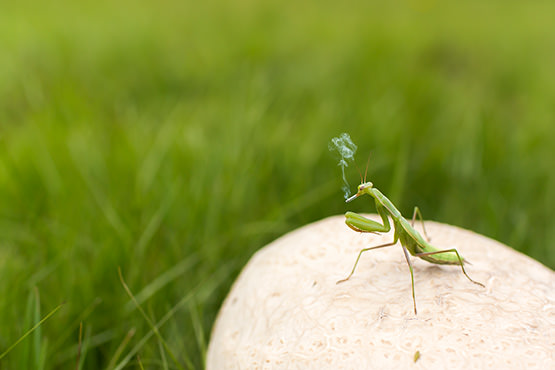
© 2025 A&M Consulting Ltd t/a Somerset Design. Registered in England and Wales. Company No. 4377058 VAT Reg. 803 6289 32 Site Info